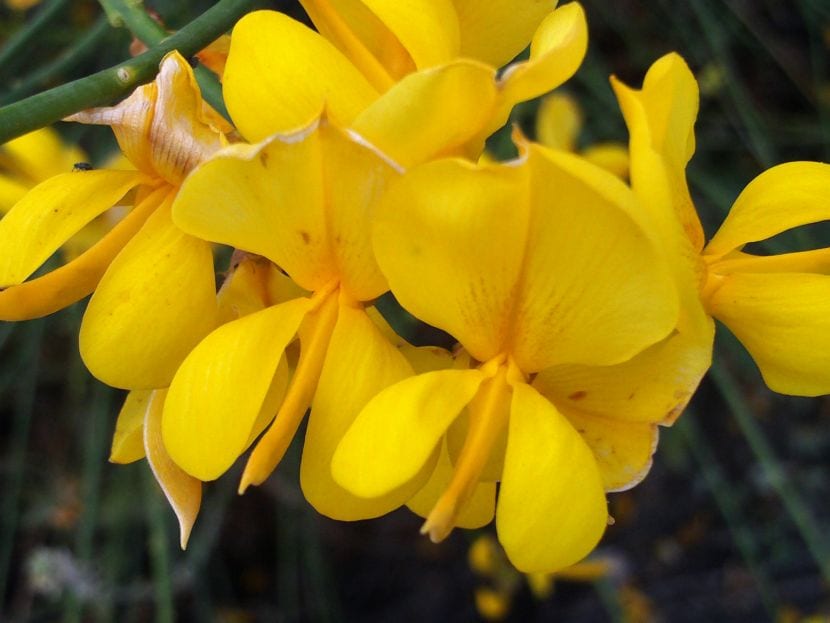
Do you live in an area where drought is a problem? I know what that is… Finding plants that can live well in these conditions is not always an easy task! But with the spartium junceum the truth is that you will not have to worry.
This is a shrubby plant that also produces flowers with great ornamental value, and as it does not grow more than 4 meters, being 2-3m the most common, you can plant it where you like it the most. Here's how to take care of it.
Origin and characteristics
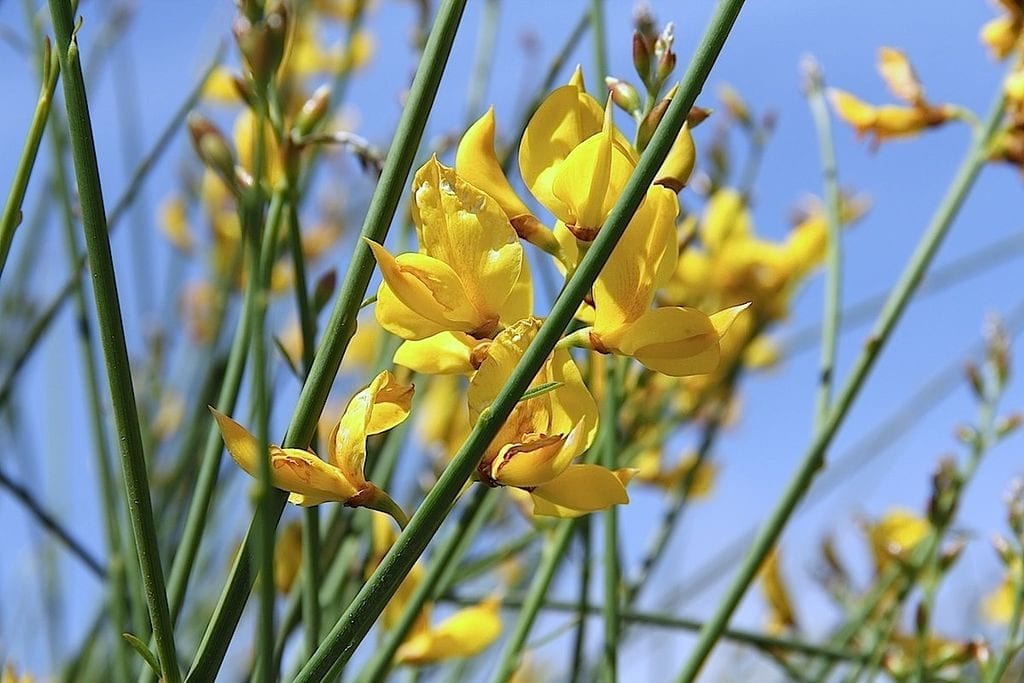
Image - Wikimedia / Peter A. Mansfeld
It is a shrub native to the Mediterranean Region and Southwest Asia whose scientific name is spartium junceum, although it is popularly known as odor broom, gayomba, ginesta or ginestra. It grows to a height between 2 and 5 meters, and develops thin stems over 5cm thick. Its leaves are small, 1-3cm long by 2-4mm wide, and deciduous.
Blooms in late spring and during summer. The flowers are yellow, 2cm wide and fragrant. The fruit is a black legume 4-8cm long by 2-3mm thick.
What are their cares?
If you would like to have a copy, take note of the advice we offer you:
Location
El spartium junceum It is a plant that has to be outdoors, in full sun, since as a good heliophile it needs to be exposed to the rays of the sun in order to have good growth.
Earth
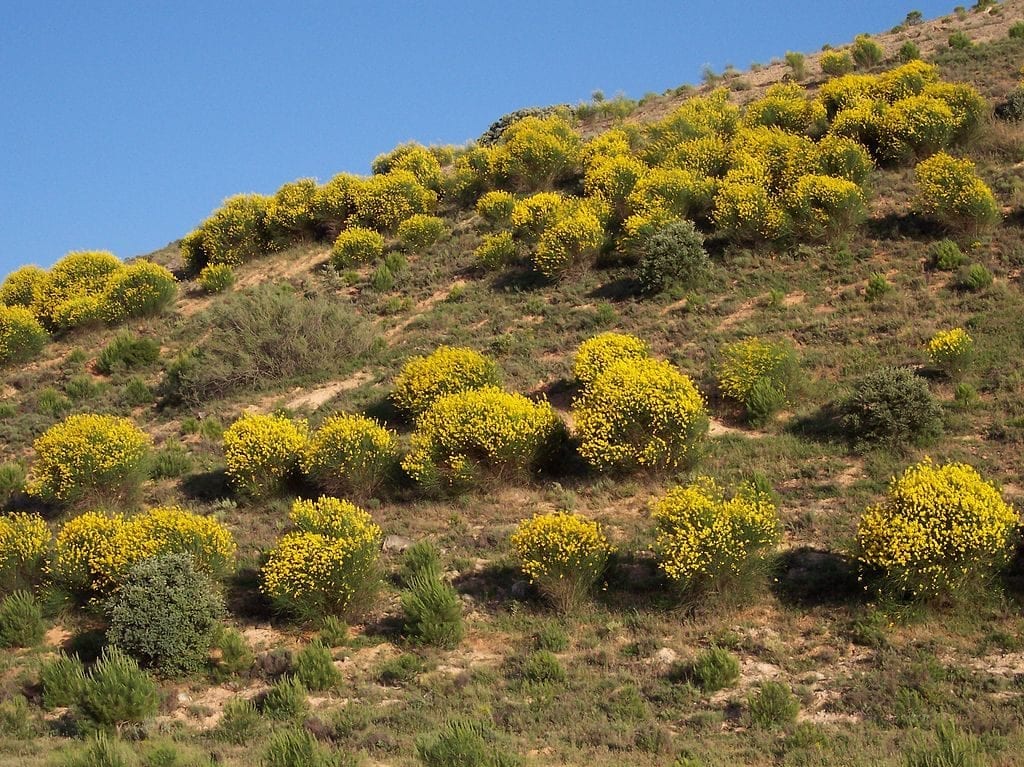
Image - Wikimedia / A. Bar
- Flower pot: it is important that the substrate to be used has good drainage, which is why we recommend mixing 60% black peat with 30% of perlite (or other similar, like arlite for example) and with 10% organic compost such as earthworm humus.
- Garden: grows on calcareous soils.
Irrigation
Being a plant very resistant to drought and little tolerant to waterlogging, it is very important to take into account that it will always be better to check the humidity of the soil before watering. In this way, the risk of rotting your root system is avoided.
To do this, simply insert a thin wooden stick to the bottom (if it comes out clean or practically clean, you can water), weigh the pot once watered and again after a few days (dry soil weighs less than wet , so this difference in weight will serve as a guide to know when to give it water), or dig about five centimeters next to the plant to see if it is darker and cooler at that depth in which case it will not be necessary to water.
Subscriber
El spartium junceum lives well in poor soils, but If it is grown in a pot, it is advisable to fertilize it in spring and summer with liquid organic fertilizers (As the guano what can you get here) once a month.
Multiplication
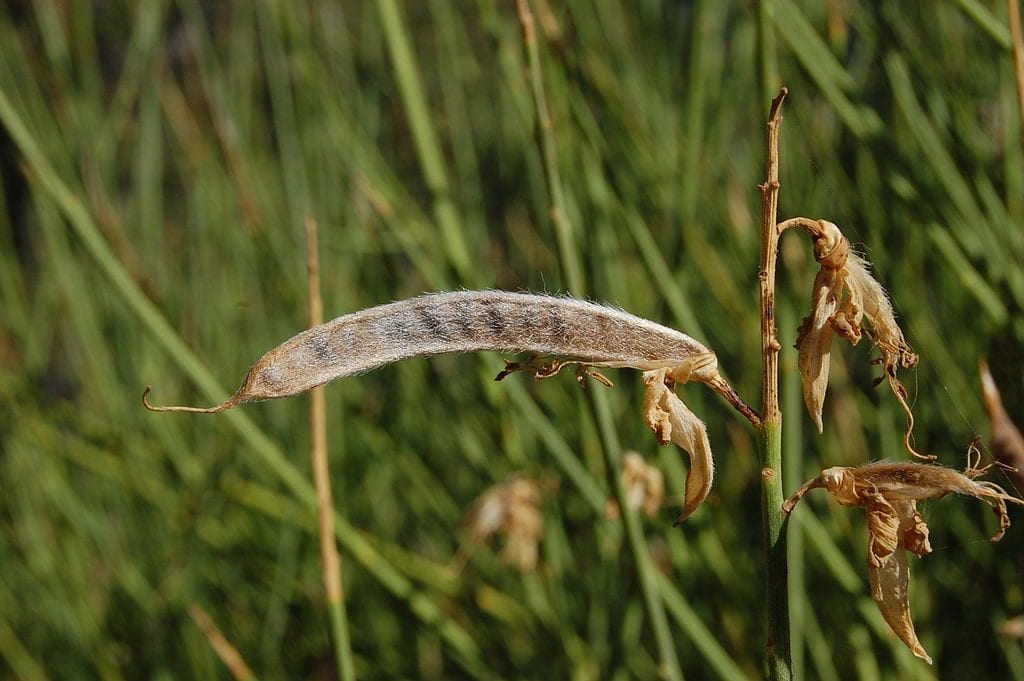
Image - Wikimedia / Eugene Zelenko
It multiplies by seeds in spring. The way to proceed is as follows:
- First, water is boiled, and then it is poured into a glass.
- Afterwards, the seeds are put into a strainer, and this is introduced into the glass for 1 second.
- Next, the seeds are put into another glass with water that is at room temperature and they are left there for 24 hours.
- After that time, a seedbed is filled, preferably a tray like this, with universal culture substrate.
- The next step is to water conscientiously, and place a maximum of two seeds in each socket.
- So that the fungi cannot damage them, now the substrate can be sprinkled as if it were salt with copper or sulfur, which are natural fungicides.
- Finally, they are covered with a thin layer of substrate and the seedbed is placed outside, in semi-shade but in an area where it gives them more light than shade.
Thus, they will germinate in 2 or 3 weeks.
Plagues and diseases
It is quite resistant; However, the aphids They can affect you if the growing conditions are not suitable. These are insects of about 0,5 cm of yellow, brown or green color that feed on the sap of the stems, leaves and flowers.
Fortunately, you can easily combat them by putting blue sticky traps near the plant.
Planting or transplanting time
El spartium junceum it is planted in the garden in spring, when the risk of frost has passed. In case of having it in a pot, you have to pass it on to a bigger one every 2 or 3 years.
Pruning
It is not very necessary. It will be enough to remove or trim those branches that are broken, diseased, weak or that are growing too much in early spring.
Rusticity
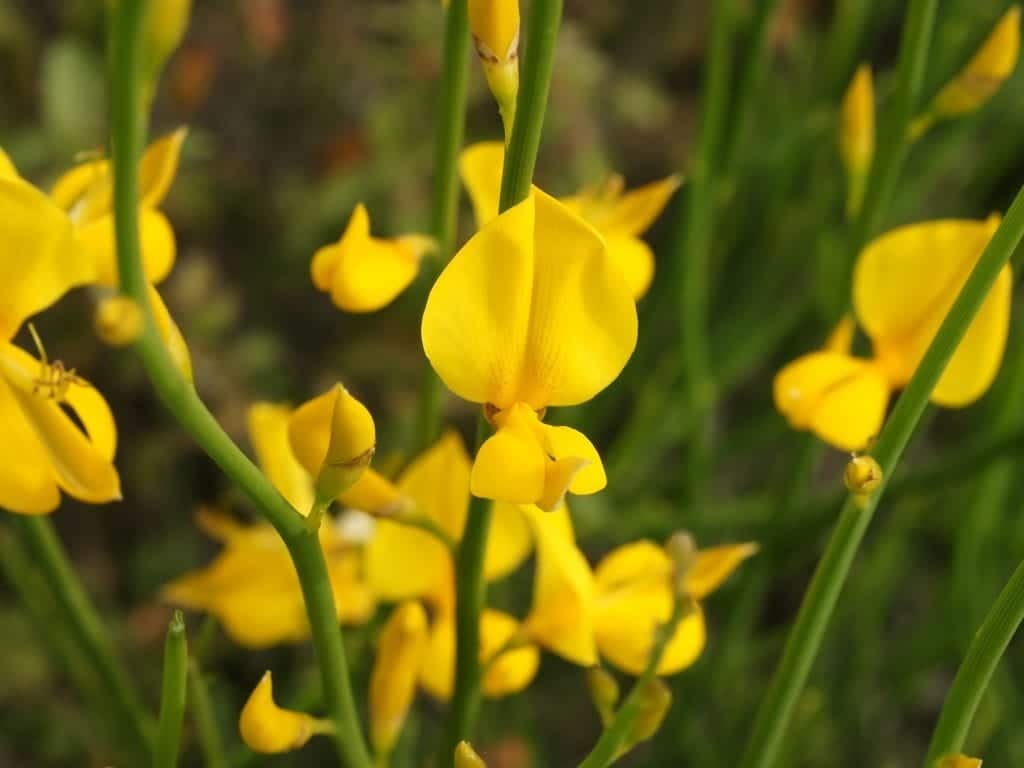
Image - Wikimedia / Hans Hillewaert
Withstands frost up to -7ºC.
What uses does it have?
- Ornamental: it is a very beautiful plant, which looks very good especially in gardens where there is little rain. Likewise, it must be said that it is nitrophilic, that is, it contributes nitrogen to the soil, thus managing to convert a degraded area into fertile.
- Other uses:
- Flowers: a yellow dye is extracted from them.
- Stems: brooms and baskets are made.
What did you think of the spartium junceum?
Good afternoon Monica, thank you for making me share in all the information related to the cultivation and care of different plant species; every day I learn a little more about it, I am a fan of plants, especially those that bloom such as amaryllis, lilies, azaleas, cacti etc., also fruit trees, from the germination of the seeds and all the plants in In general, that for me they are life and positive energy.
I have problems with the use of fertilizers, I think I exaggerate a little and some plants, such as azaleas that are beautiful and very pampered, so much so that a small error in irrigation, fertilization and even in their location, tend to die without option recovery and I feel bad when this happens.
Hello Ana Maria.
We are glad that you like the blog.
Regarding the azaleas, they are a bit delicate. They must be watered with lime-free water and fertilized from time to time with fertilizers for acid plants following the instructions specified on the package. Here You have more information.
A greeting.